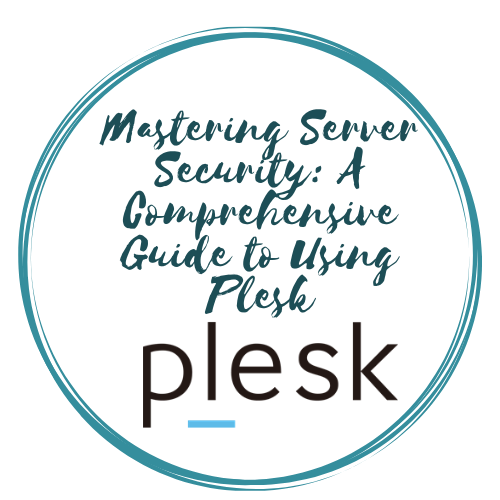
Mastering Server Security: A Comprehensive Guide to Using Plesk
Table of Contents
Introduction
In today’s digital landscape, securing your server environment is more critical than ever. Whether you’re managing a personal project or running a business, a secure server ensures data integrity, protects sensitive information, and maintains customer trust. The Plesk control panel is a robust platform that offers a suite of tools and features designed to enhance server security effectively. This guide outlines key steps and best practices for using Plesk to fortify your server against potential threats.
Enhancing Server Security with Plesk Control Panel
Enhancing serv-security is crucial for maintaining a reliable and trustworthy hosting environment. The Plesk control panel offers a range of features and tools to help you secure your server effectively. Here are some steps and best practices to enhance serv-security with Plesk:

1. Keep Plesk and Server Software Updated
- Automatic Updates: Enable automatic updates for Plesk and its components to ensure you always have the latest security patches.
- System Updates: Regularly update your operating system and other server software.
2. Use Strong Authentication Mechanisms
- Strong Passwords: Enforce strong password policies for all users.
- Two-Factor Authentication (2FA): Enable 2FA for Plesk login to add an extra layer of security.
3. Manage User Permissions Carefully
- Least Privilege Principle: Assign the minimum necessary permissions to users and roles.
- Regular Audits: Periodically review user access and permissions.
4. Firewall Configuration
- Plesk Firewall: Use the Plesk Firewall extension to configure and manage your firewall rules.
- IP Address Restrictions: Restrict access to Plesk and other critical services to trusted IP addresses.
5. Secure Communication
- SSL/TLS: Ensure that all communication to and from your server is encrypted using SSL/TLS certificates. Plesk supports Let’s Encrypt for free SSL certificates.
- SSH Configuration: Use SSH keys instead of passwords for SSH access and disable root login.
6. Intrusion Detection and Prevention
- Fail2Ban: Configure Fail2Ban within Plesk to protect against brute force attacks by blocking suspicious IP addresses.
- ModSecurity: Use the ModSecurity web application firewall (WAF) to protect your websites from common attacks.
7. Regular Backups
- Automated Backups: Schedule regular backups of your data and configurations to ensure you can recover quickly from any incidents.
- Offsite Storage: Store backups in a secure offsite location.
8. Malware Scanning and Removal
- Antivirus Software: Install and configure antivirus software to scan for and remove malware.
- Plesk Extensions: Use Plesk extensions like ImunifyAV for automated malware scanning and removal.
9. Security Extensions
- Plesk Advisor: Use the Plesk Advisor tool for security recommendations and best practices.
- Additional Tools: Consider extensions like Cloudflare for DDoS protection and enhanced security features.
10. Monitoring and Logging
- Log Monitoring: Regularly monitor logs for unusual activity.
- Plesk Monitoring: Use Plesk’s monitoring tools to keep an eye on server performance and security.
11. Email Security
- Spam Protection: Configure anti-spam measures to protect your email services.
- DKIM, SPF, DMARC: Implement email authentication mechanisms to prevent email spoofing.
By following these best practices and leveraging the tools provided by Plesk, you can significantly enhance the security of your server. Regular monitoring, timely updates, and a proactive security stance are key to maintaining a secure hosting environment.
Conclusion
By implementing these best practices and utilizing the comprehensive security tools available in Plesk, you can significantly bolster the security of your server. Regular updates, strong authentication measures, and proactive monitoring are essential components of a secure hosting environment. Adopting a thorough and proactive approach to serversecurity with Plesk not only protects your data and resources but also builds a foundation of trust and reliability for your users and clients.


